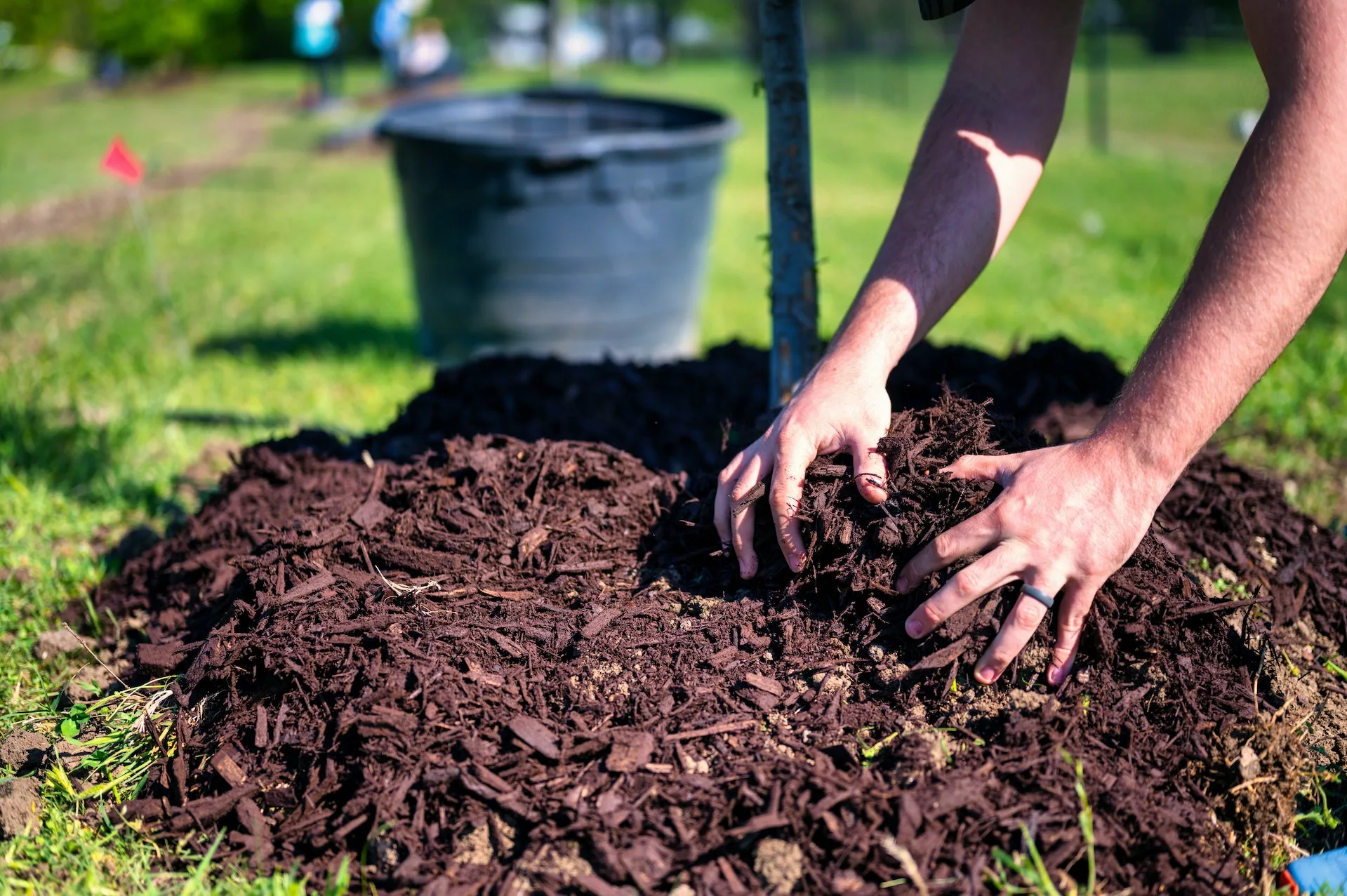Are you tired of spending hours weeding and watering your garden, only to be disappointed by lackluster results? If so, it’s time to try mulching.
Mulching is one of the easiest and most effective ways to protect and nourish your garden beds. By adding a layer of organic material to the soil surface, you can:
- Reduce water loss: Mulch acts as a barrier, slowing down evaporation and keeping the soil moist for longer periods of time. This is especially important during hot and dry weather, when plants need more water to thrive.
- Prevent weed growth: Mulch blocks sunlight from reaching weed seeds, preventing them from germinating and taking over your garden beds. This means less time spent pulling weeds and more time enjoying your plants.
- Improve soil structure: As mulch decomposes, it adds valuable organic matter to the soil, improving its structure and fertility. This leads to healthier plants with stronger roots, better able to absorb nutrients and water from the soil.
So why not give your plants the extra love and care they deserve by mulching your garden today? Here are some tips to get you started:
Choosing the Right Mulch
There are many types of mulch to choose from, with the biggest division being between:
- Organic mulch: Made from natural materials such as leaves, straw, bark, and compost, organic mulch decomposes over time, adding valuable nutrients to the soil. Some popular types of organic mulch include shredded leaves, grass clippings, and wood chips.
- Inorganic mulch: Made from materials such as plastic, landscape fabric, and gravel, inorganic mulch does not decompose and can be reused for several years. However, it does not add nutrients to the soil like organic mulch does. We would advise to stick to organic mulches where possible.
When choosing a mulch, consider factors such as cost, availability, and the specific needs of your plants. For example, some plants prefer acidic soil, while others prefer alkaline soil. You can choose a mulch that will help maintain the desired pH level for your plants.
Applying Mulch
To apply mulch, first clear any weeds or debris from the soil surface. Then, spread a layer of mulch about 2-4 inches thick around your plants, taking care not to cover the stems or trunks.
Be careful not to over-mulch, as this can lead to problems such as root rot and pest infestations. Too much mulch can also prevent water and air from reaching the soil, which can suffocate the roots of your plants.
Maintaining Your Mulch
Over time, organic mulch will decompose and need to be replenished. You can top up your mulch as needed, typically once or twice a year.
If you notice any issues with your mulch, such as pests or mold, remove the affected area and replace it with fresh mulch.
By mulching your garden beds, you can enjoy a lush and healthy garden with less effort and more
Join Our Gardening Newsletter for More Tips
If you enjoyed reading this, don’t hesitate to subscribe to our newsletter for a wealth of gardening knowledge and insights. Stay up-to-date on the latest gardening trends, tips, and know-how, and make your green thumb even greener.



